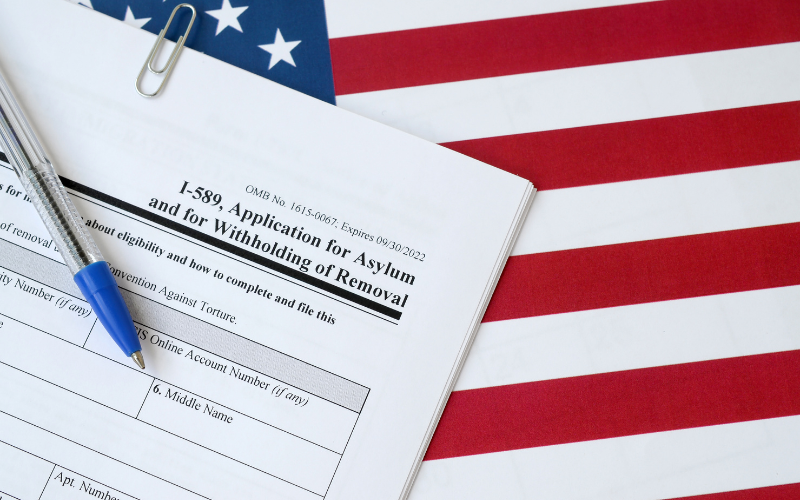Asylum
What is Asylum?
Asylum is a legal protection granted by the United States to people who have suffered persecution or fear persecution in their home country due to:
The goal is to provide security and the opportunity to rebuild a life in the U.S. “Every year, many people come to the United States seeking protection due to persecution or fear of it in their home country.
To apply for affirmative or defensive asylum, applicants must file their application within one year of arriving in the United States (exceptions apply). Eligible applicants may be permitted to remain in the United States. Dependents, including spouses and unmarried children under 21, may be included in the application.”
Types of Asylum Processes
1. Affirmative Process
2. Defense Process
3. Asylum Merits Interview
General Requirements
Eligibility and Vetoes
Eligibility:
Vetoes:
Derivative Beneficiaries
Benefits of Asylum Status
Approximate Costs
Frequently Asked Questions (FAQs)

Statement: The concepts explained should not be taken as legal advice, it is a compendium of public information from the INA.
In all cases, consultation with an attorney is recommended to determine your eligibility. At Immigration Document Preparers, we limit ourselves to submitting forms to USCIS correctly based on the information that the client provides us. We do not give advice or legal advice.